
Nothing announces the arrival of spring more than flowering cherry trees. Sure, watching bulbs make their way out of the ground is thrilling, but when the cherry trees break out in bloom across the Mid-Atlantic region it feels like a huge, triumphant moment. From New York to Washington D.C., the blooms envelop the trees in white and pink, some with show-stopping double flowers. Even the fallen petals are pretty, like colorful confetti covering every surface at the end of the party. Everybody swoons over them, even my husband.
Like most great things, the blooms are sadly short-lived, but the trees’ show is not necessarily over in the spring. Many species also have a good fall show, with their foliage turning brilliant shades of gold, red, or orange. Like most of you, my garden space is not unlimited, and I need plants that work hard and provide multiseason interest.
As I eagerly await spring and the blooming of the small Yoshino cherry outside my office window, I’ve compiled a list of my favorite trees from the Prunus genus for our region. They all make for very pleasant, if unproductive, gazing.
Japanese Flowering Cherry
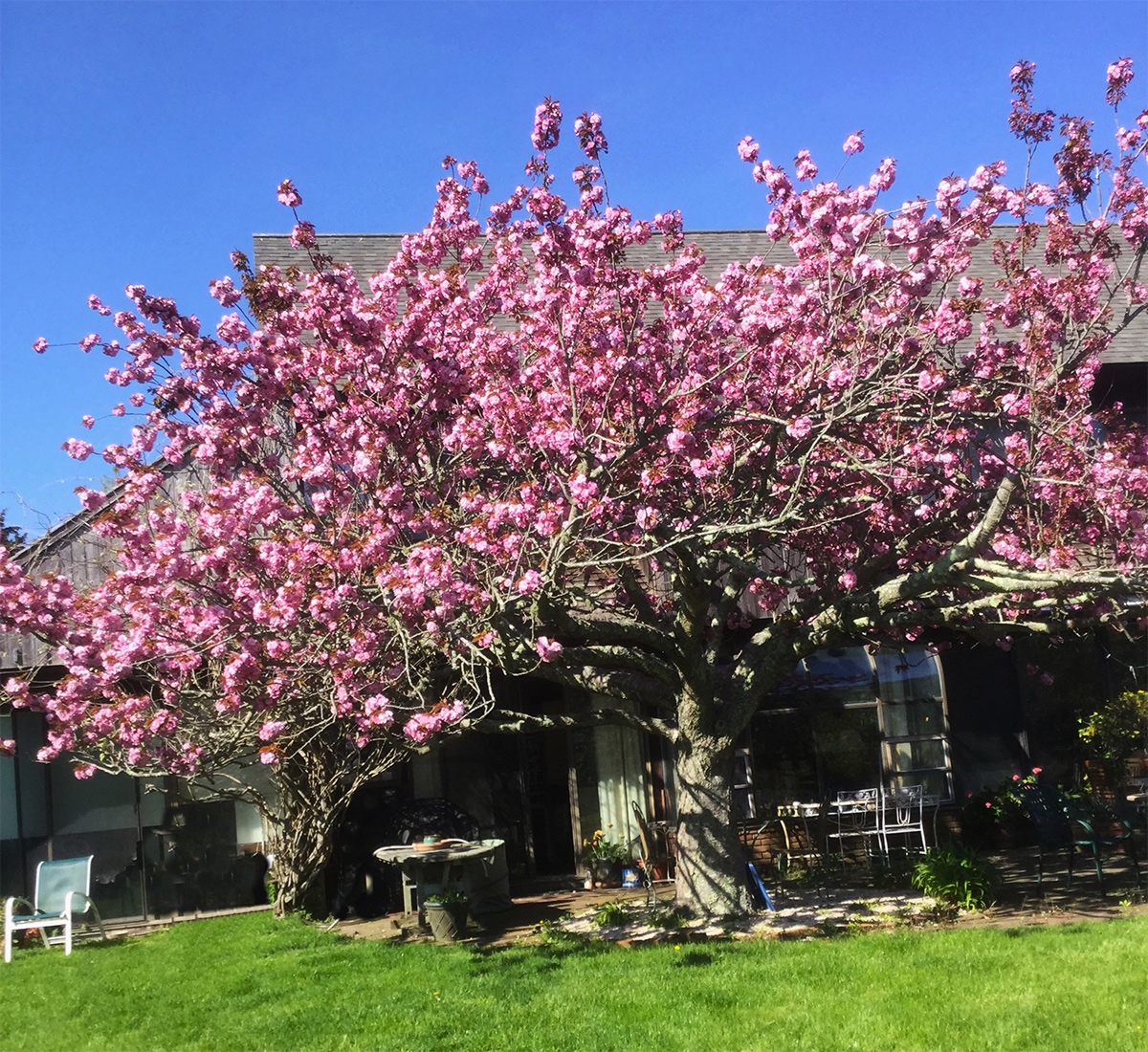
Prunus ‘Kanzan’
Zones: 5–9
Size: 25 to 30 feet tall and 25 to 30 feet wide
Conditions: Full sun to partial sun; moist, well-drained soil
Native range: Japan
Cherries are the kinds of trees that memories are made of. They are often planted with significance—a new house, a new baby—and then grow to become part of a bigger garden story. My mother planted this ‘Kanzan’ cherry, often called ‘Kwanzan’, 45 years ago. We had just moved into a new home and a friend gave it to her as a present. It now all but covers the back of the house with huge pink double blooms on branches 30 feet long.
Kanzan is considered one of the showiest cherries. The profuse flowers are 2½ inches wide, and each blossom is packed with 20 to 30 petals. In the fall, foliage comes in various shades of orange and bronze. This variety is known to be short-lived (15 to 25 years), but my mother’s tree has made it far longer and is still going strong. Just be sure to plant them at least 20 feet from your home to accommodate its full mature size. The tree at my mother’s house was planted too close, and now branches and blooms press against her second-story windows. It’s a beautiful view from the outside, but from the inside it feels like you might be eaten alive by cherry branches.
Autumn Higan Cherry
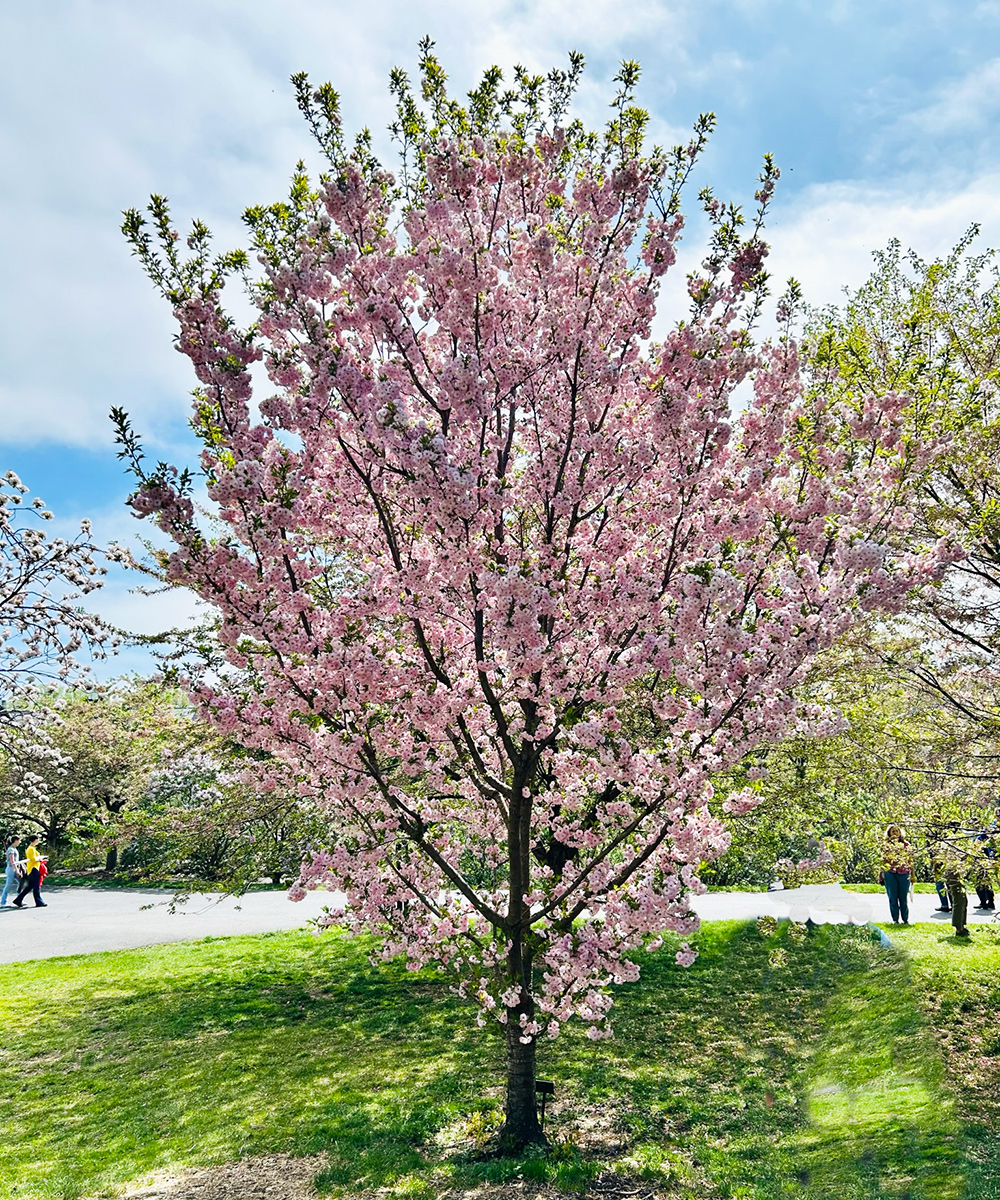
Prunus × subhirtella ‘Autumnalis’
Zones: 6–8
Size: 20 to 30 feet tall and 15 to 30 feet wide
Conditions: Full sun; moist, well-drained soil
Native range: Japan
The Autumn Higan cherry is one of the longest blooming cherries. While the cherry season generally lasts only two to three weeks, ‘Autumnalis’ keeps going with smaller flushes of color until fall. Its leaves also turn hues of bronze and gold in the late season. The longevity of this variety also extends to their lifespan, with most ‘Autumnalis’ living well beyond the 15 to 25 years expected of most cherries.
Personally, I am a sucker for the upright shape that makes it a dramatic specimen tree in any landscape, and I appreciate anything that can give me flowers practically all the way to the ground. I was stopped in my tracks when I first saw an Autumn Higan cherry at the New York Botanical Garden one spring, and it continues to steal the show each time I see one.
Plum Blossom
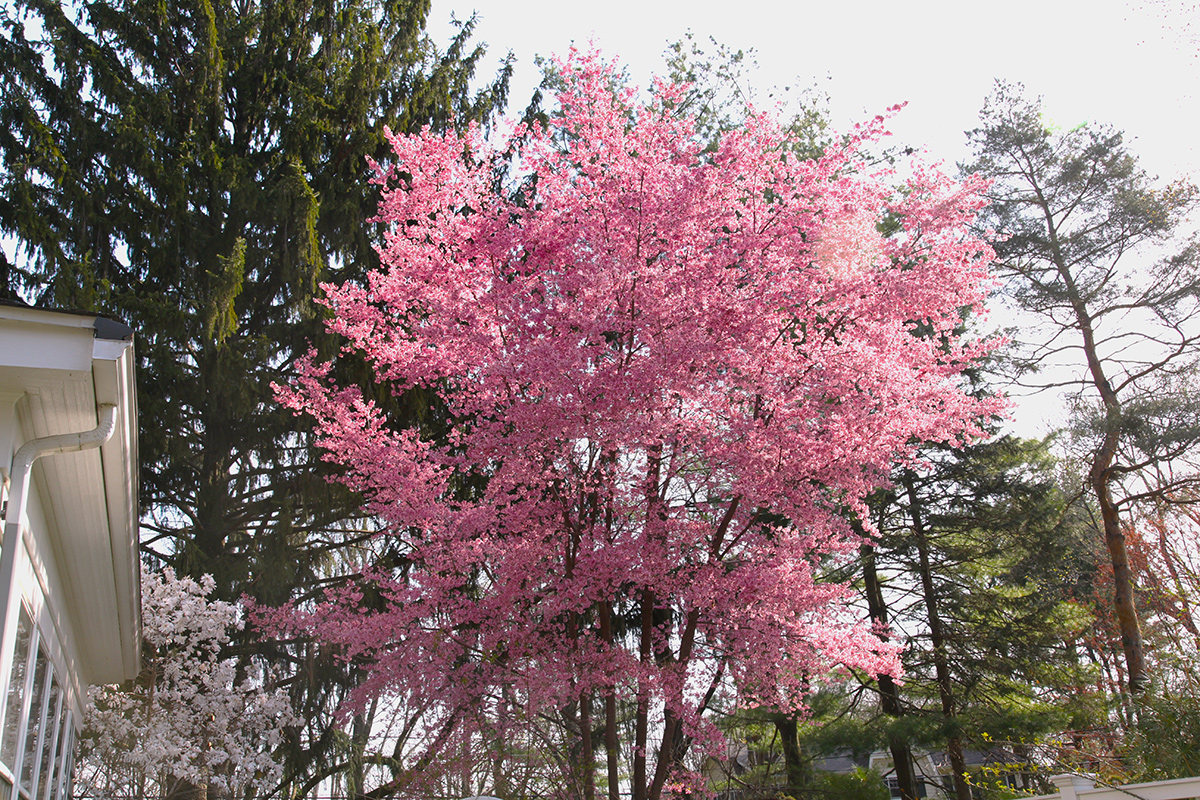
Prunus mume
Zones: 6–9
Size: 15 to 20 feet tall and 15 to 20 feet wide
Conditions: Partial to full sun; moist but well-drained soil
Native range: Originally from China, it is now cultivated across East Asia
OK, so technically not a cherry, but this tree is so fabulous I need to take the opportunity to sing its praises and try to make it more popular. Prunus mume is mysteriously little-known in the United States but a favorite in Japan for centuries. One of the main reasons for its popularity in Japan is the fruit. The tree produces round fruits that, despite the plum name, are more akin to apricots. It is also known as the Japanese apricot tree. In Japan, the fruits are often pickled and used in everything from cooking to traditional medicine.
My friend has one, so I am lucky to be in the know. Two things make this tree really special: It is a very early bloomer with flowers appearing as early as late January, and the blooms are deeply fragrant with a rich, spicy scent that some say is similar to cloves. You can literally smell spring coming.
Yoshino Cherry
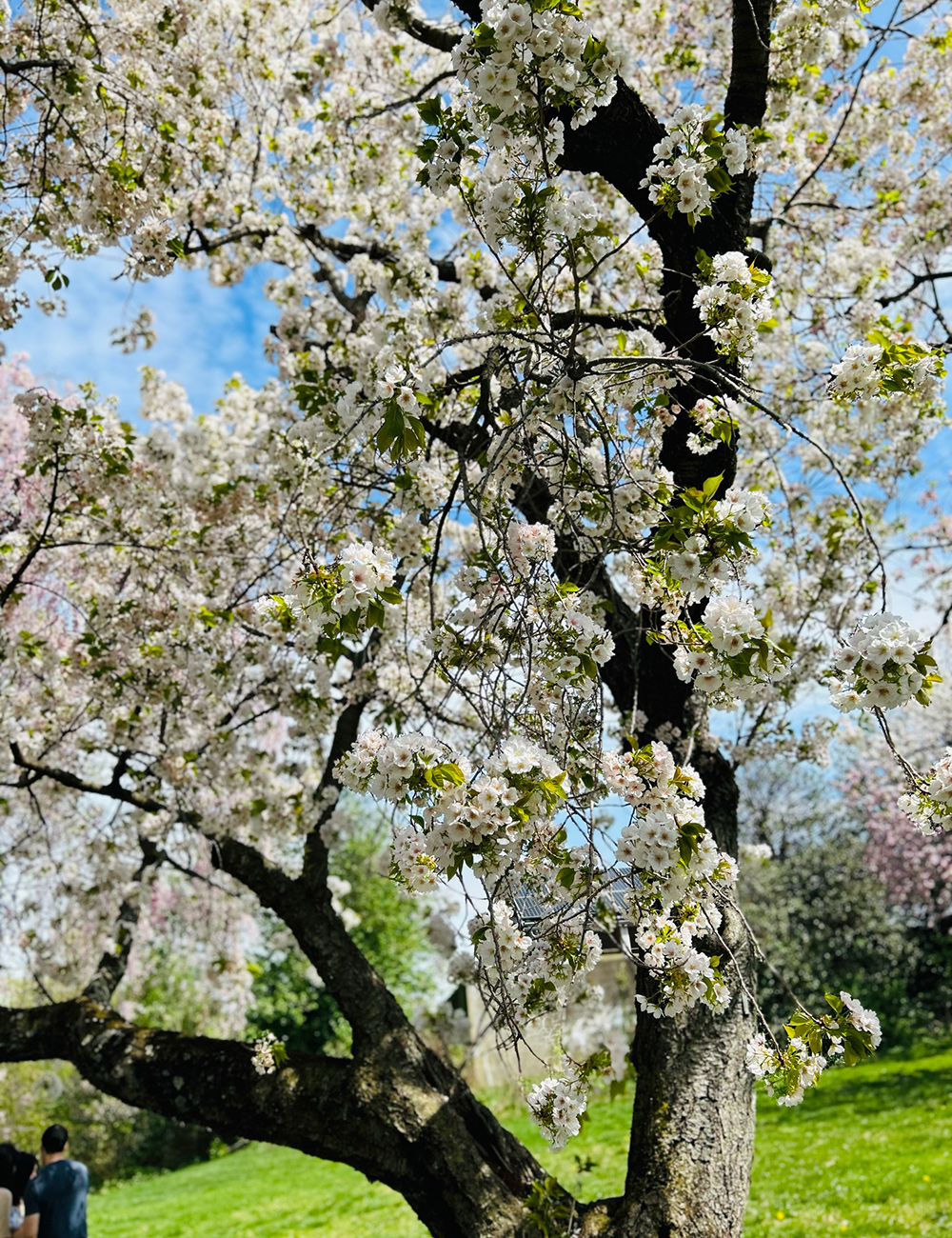
Prunus × yedoensis
Zones: 5–8
Size: 30 to 40 feet tall and 25 to 40 feet wide
Conditions: Full sun; moist, well-drained soil, does not like heavy clay.
Native range: Japan
The Yoshino is the most famous cherry tree in the United States. It is the primary tree planted in Washington, D.C, as part of the 3,000-tree gift from the Japanese in 1912. Every year more than 1.5 million people come to see them in full bloom at the Tidal Basin, turning D.C. into photography central. The same is true in Japan, where tourists flock to see Mt. Yoshino covered in 30,000 trees.
As one of the first blooms of the season, Yoshino brings the drama. Its single-flower blossoms come in pink and then fade to a bright snowy white that contrasts with its dark bark. The flowers come in and drop all at once for some spring theater. However, they are also quite hardy plants. I am ashamed to say I left one in a pot for far too long and it survived just fine. I still apologize to it whenever I walk by.
Snow Fountains® Weeping Cherry
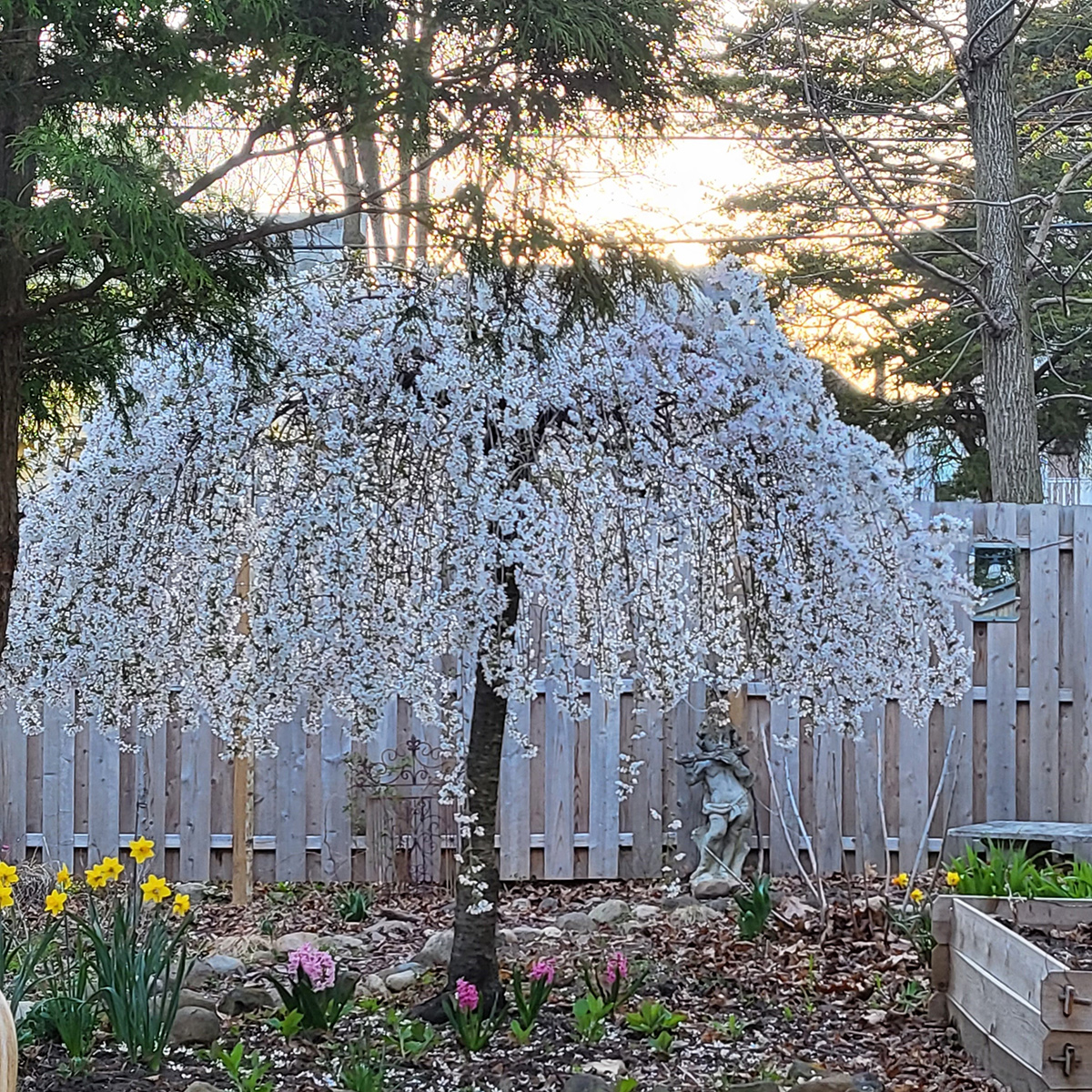
Prunus × ‘Snofozam’
Zones: 5–8
Size: 8 to 15 feet tall and 6 to 12 feet wide
Conditions: Full sun; moist, well-drained soil
Native range: Japan
The weeping form adds even more attention-stealing drama to cherry trees. Blooms cascade down the trees from branches of different heights, making it look like a chandelier of flowers. For all that drama in a compact package, try Snow Fountains®. This dwarf variety retains its shape after blooming, making it an excellent all-season focal point in a small garden. It also makes for an easy foundation plant, but be careful to plant it at least 6 to 8 feet from your home. They are dwarf trees but still sizable and will crash into the house or look out of proportion if not given enough space.
If you’re looking a larger option, a popular variety is the ‘Pendula Rosea’ weeping cherry (P. pendula ‘Pendula Rosea’, Zones 5–8), which reaches 25 feet high. Fastidious pruning will keep their lovely shape from looking messy, whether it’s big or small.
Flowering Cherry Accolade
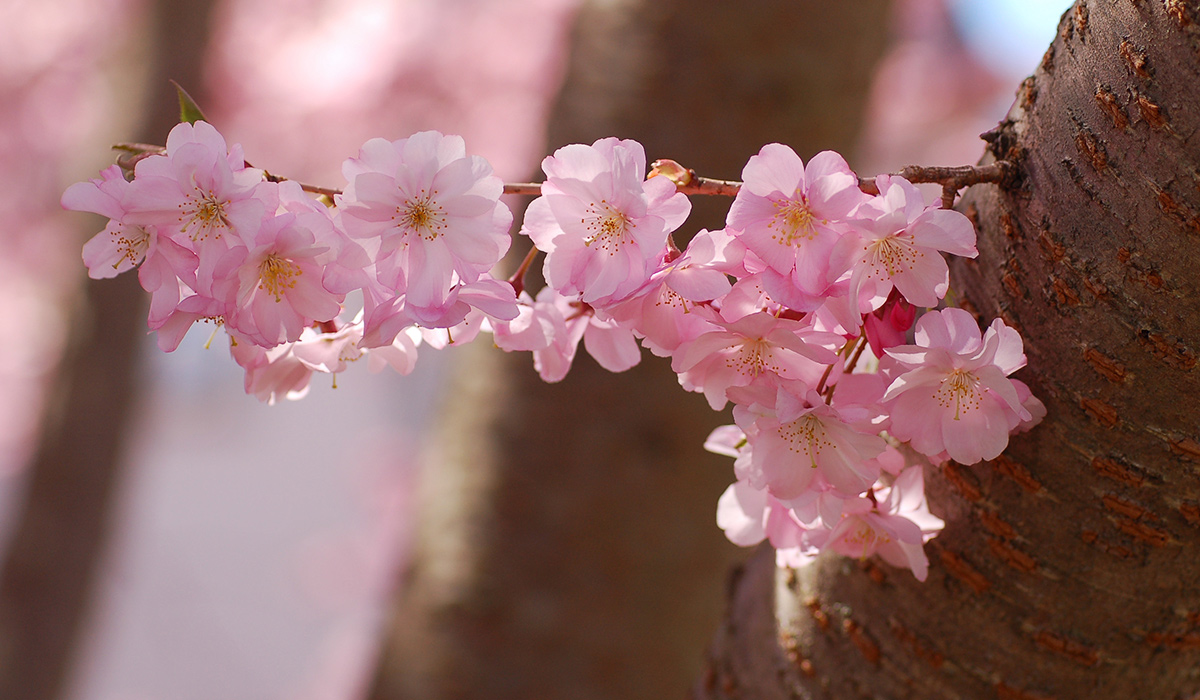
Prunus ‘Accolade’
Zones: 4–9
Size: 20 to 25 feet tall and 20 to 25 feet wide
Conditions: Full sun; moist, well-drained soil
Native range: Asia, bred in England
An English hybrid made from a cross of P. sargentii and P. subhirtella in 1852, ‘Accolade’ brings 1½-inch flowers in late March/early April. The dark pink semi-double blooms look like cotton candy, but the show doesn’t stop there. ‘Accolade’ foliage turns bright orange in fall before dropping off.
While cherry trees have many characteristics to admire, I am most grateful for how low-maintenance ‘Accolade’ and other cherries are. They are not demanding (remember the one I left in the pot?) yet they show up every spring with a huge show. That is a lot to be grateful for.
Find more flowering trees:
- A Parade of Spring-Flowering Trees
- 9 Fantastic Flowering Trees
- LAAP Episode 157: Flowering Trees for Every Season
- Autumn-Flowering Trees
And for more Mid-Atlantic regional reports, click here.
Caitlin Boyle is a landscape designer, writer, and speaker who owns Dirt Diva Designs in Chatham, New Jersey.
Fine Gardening Recommended Products

ARS Telescoping Long Reach Pruner
Fine Gardening receives a commission for items purchased through links on this site, including Amazon Associates and other affiliate advertising programs.
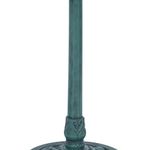
Alpine Corporation 28" Tall Outdoor Birdbath with Scrollwork Decoration Yard Statue
Fine Gardening receives a commission for items purchased through links on this site, including Amazon Associates and other affiliate advertising programs.
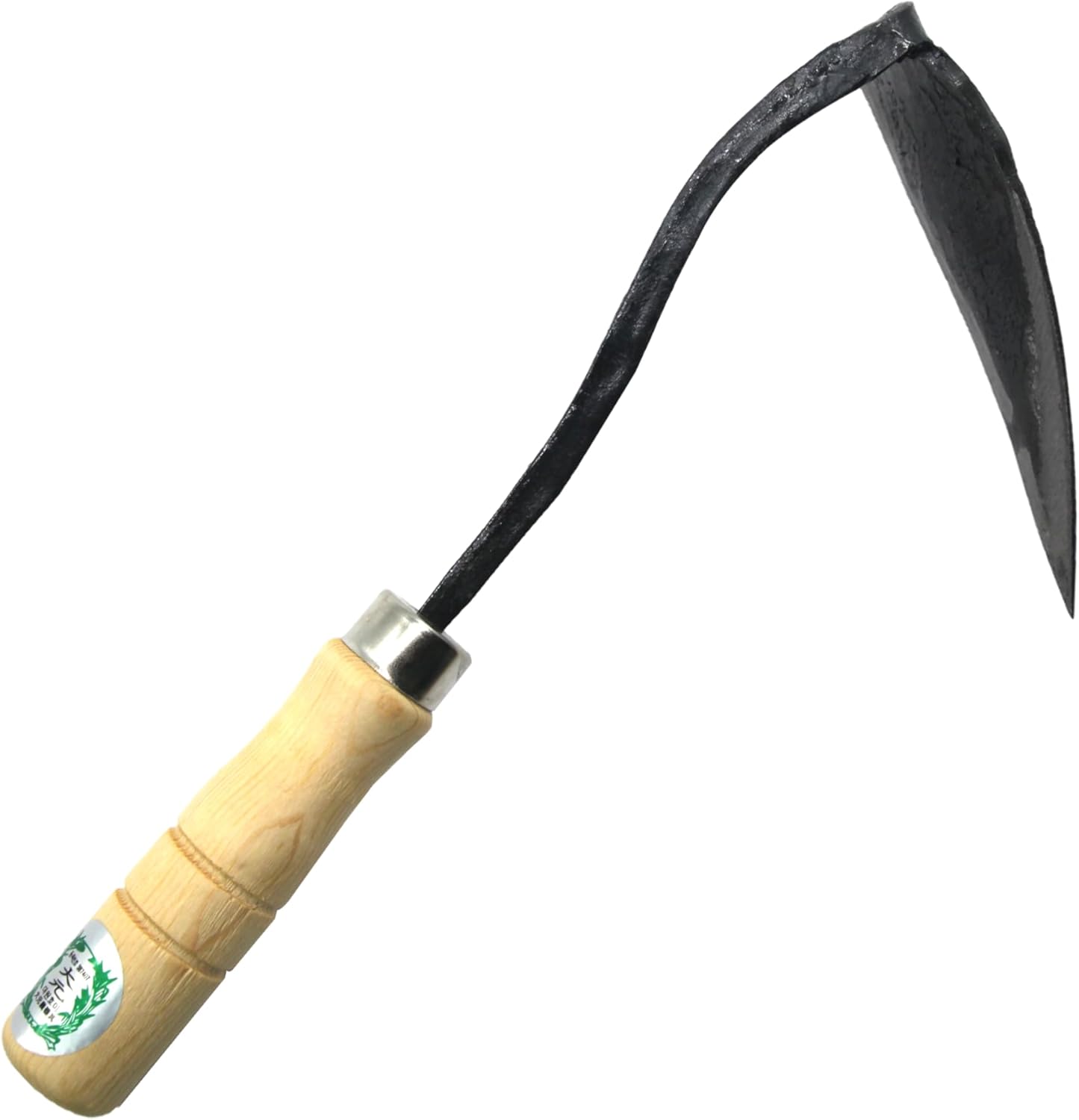
Ho-Mi Digger - Korean Triangle Blade
Fine Gardening receives a commission for items purchased through links on this site, including Amazon Associates and other affiliate advertising programs.



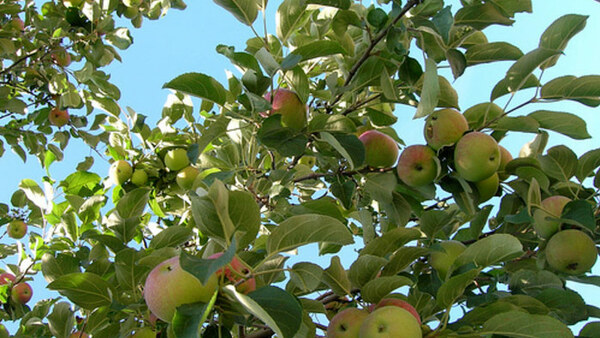
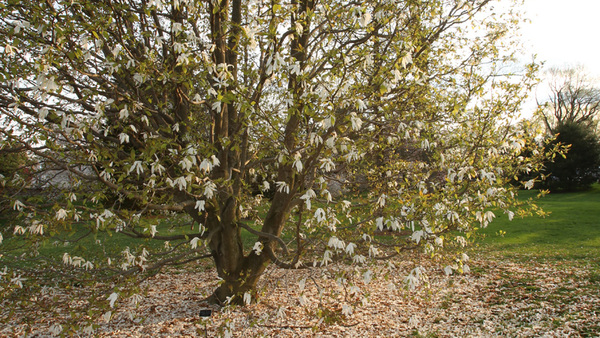

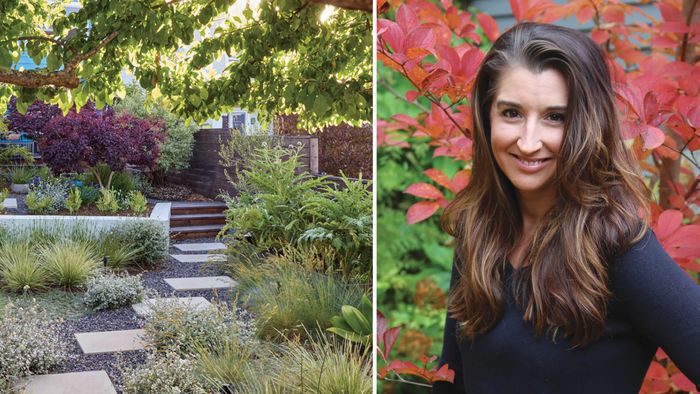
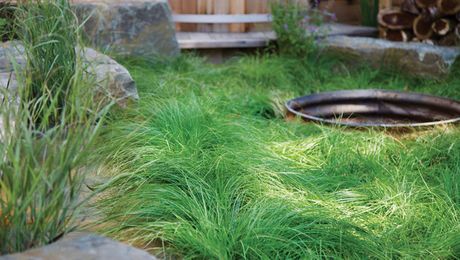
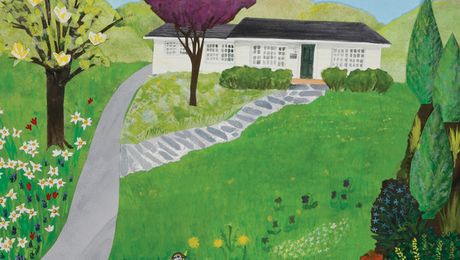


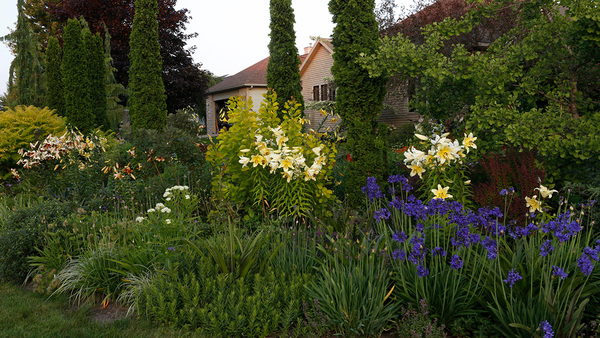



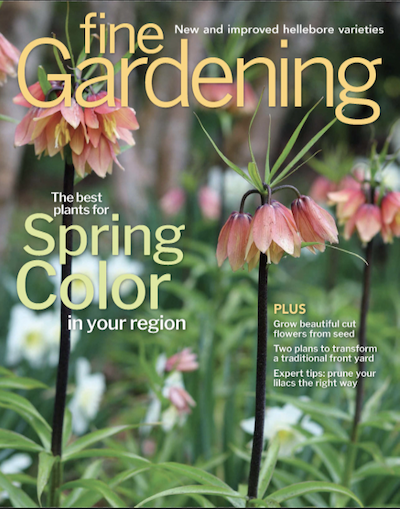



Comments
Log in or create an account to post a comment.
Sign up Log in